ELECTRICAL SYSTEMS AND SEMICONDUCTORS
Semiconductors, or “silicon chips,” are an essential component in a vast array of electronic equipment with applications in everything from computers, to cars, to mobile phones—right down to identifying lost pets!
A semiconductor performs an electronic function and consists of two or more layers, containing material forming a fixed pattern. The design of the pattern or arrangement of patterns is known as the semiconductor topography. The topography or design of any semiconductor product is a form of intellectual property rights, the use of which needs to be protected by law. In 1984 the Semiconductor Chip Protection Act of 1984 (the SCPA) was enacted as law to protect the topography of semiconductor chips. The SCPA is neither a copyright or patent law, but is in a class by itself ―a sui generis law containing some similarities to both copyright and patent law while being entirely distinct from either.
Obtaining semiconductor topography protection under SCPA requires submitting an application with a clear and thorough description of the topography of the chip, identifying material—typically a graphic or photographic depiction of the chip’s layers, along with its specifications― which must be examined by the Patent Office and undergo a national and international screening. The registration must be completed within two years of the first commercial use of the chip.
The SCPA confers rights to the “mask work,” defined by the Act as “a series of related images, however fixed or encoded (1) having or representing the predetermined three-dimensional pattern of metallic, insulating, or semiconductor material present or removed from the layers of a semiconductor chip product; and (2) in which series the relation of the images to one another is that each image has the pattern of the surface of one form of the semiconductor chip product.” The protection lasts for a period of ten years, allowing the owner to sue for infringement in a federal district court during that time. The owner’s rights include the right to reproduce the mask work, to import or distribute a semiconductor chip product containing the mask work, and to induce or knowingly to cause another person to do either of the above.
The SPCA protects the chip’s topography only; its functionality must be protected by patent, while the information stored in the chip is protected by copyright.
If you have designed a chip and want to avoid illegal copies, contact the intellectual property law firm of Yee & Associates in Plano, Texas to assist with the registration process. All attorneys at the Yee firm are licensed and registered to practice before the United States Patent and Trademark Office.

